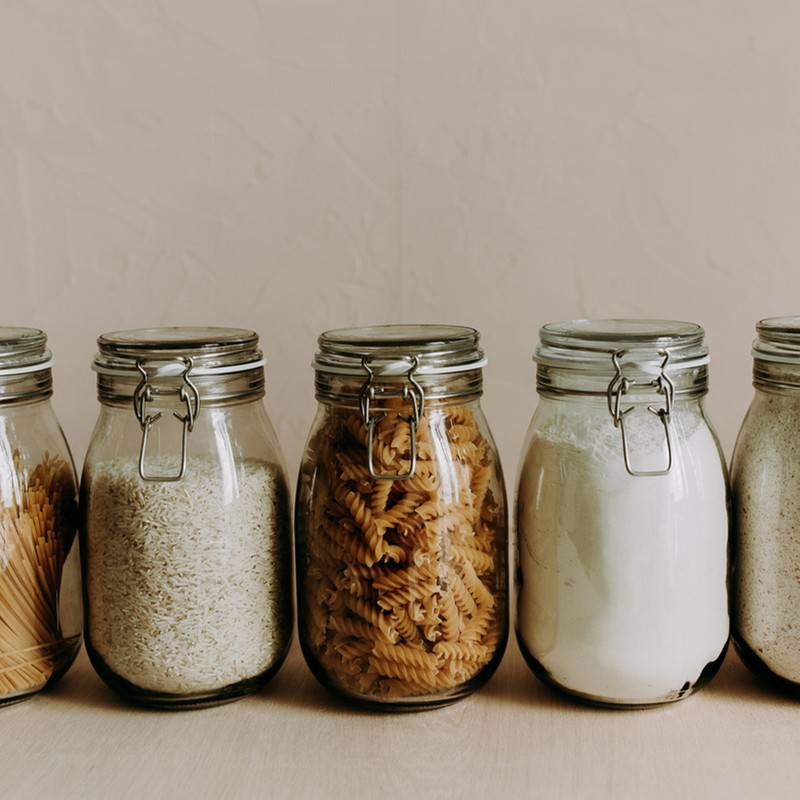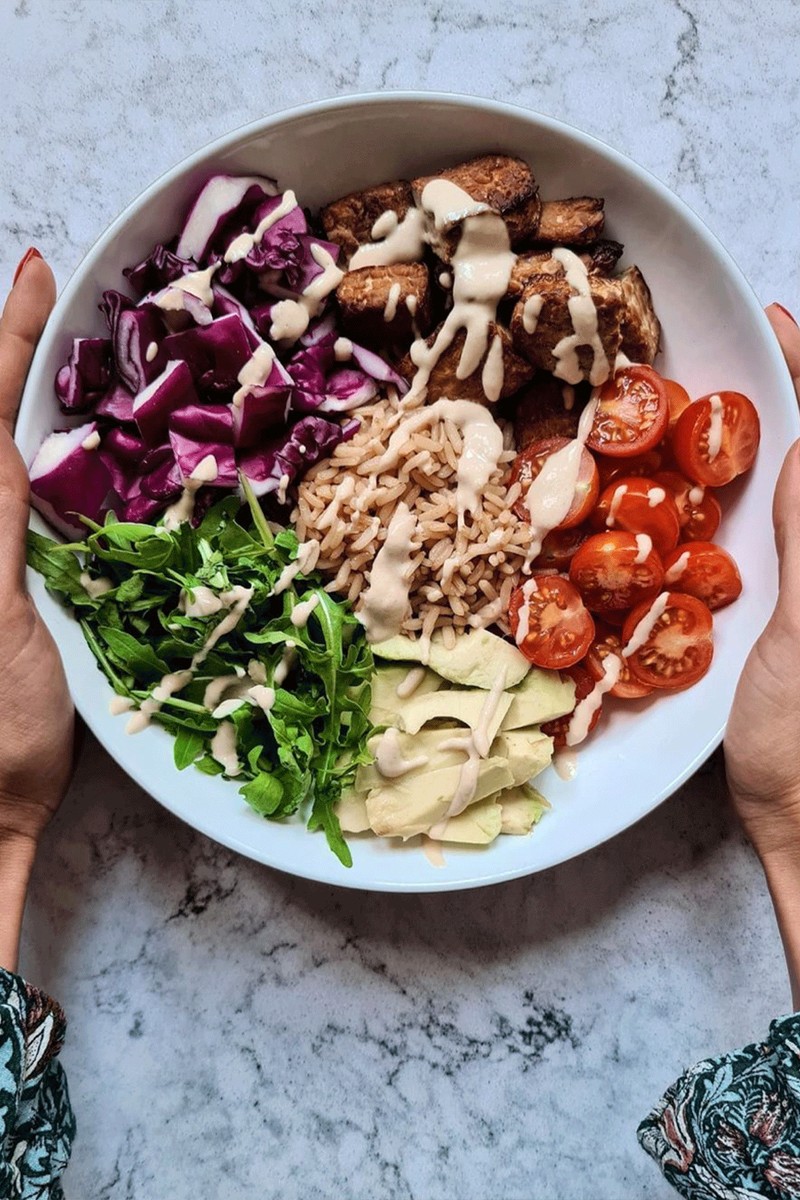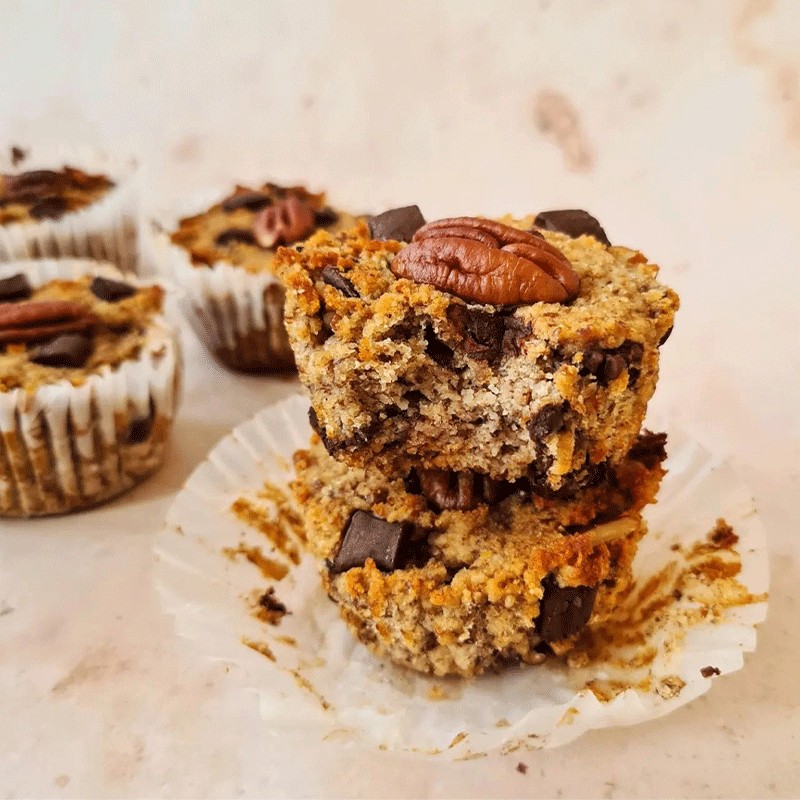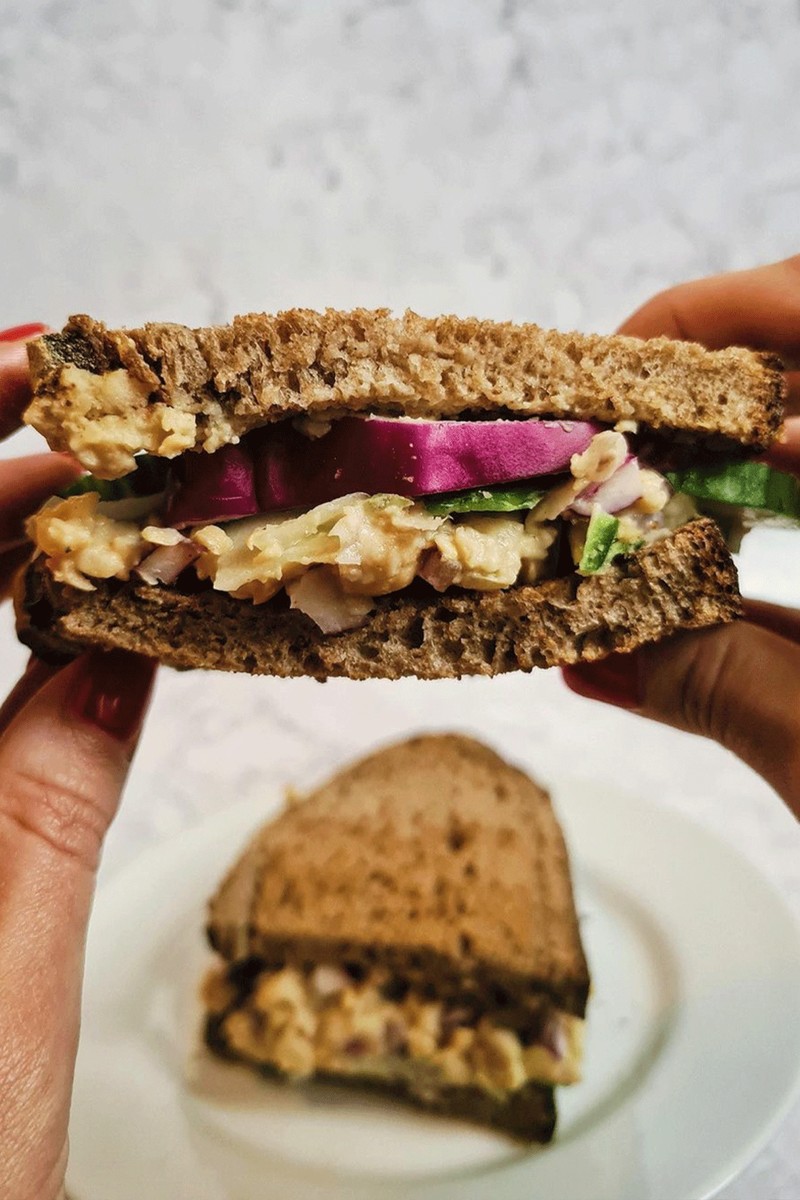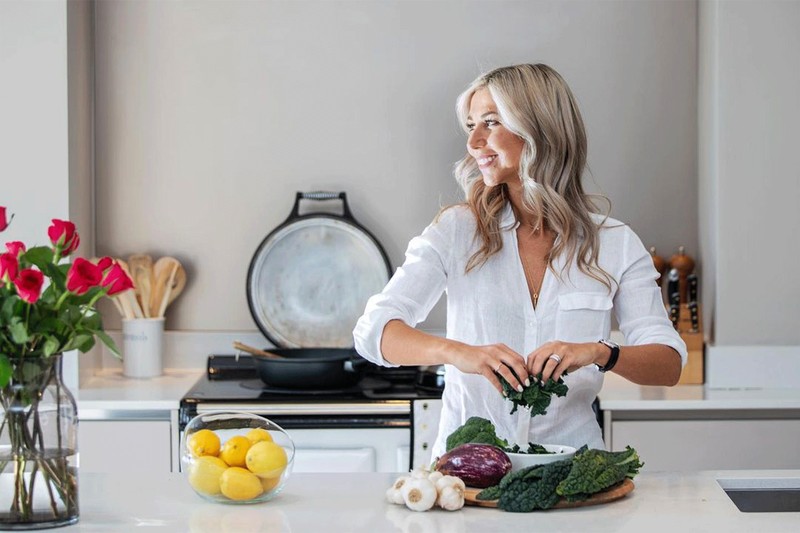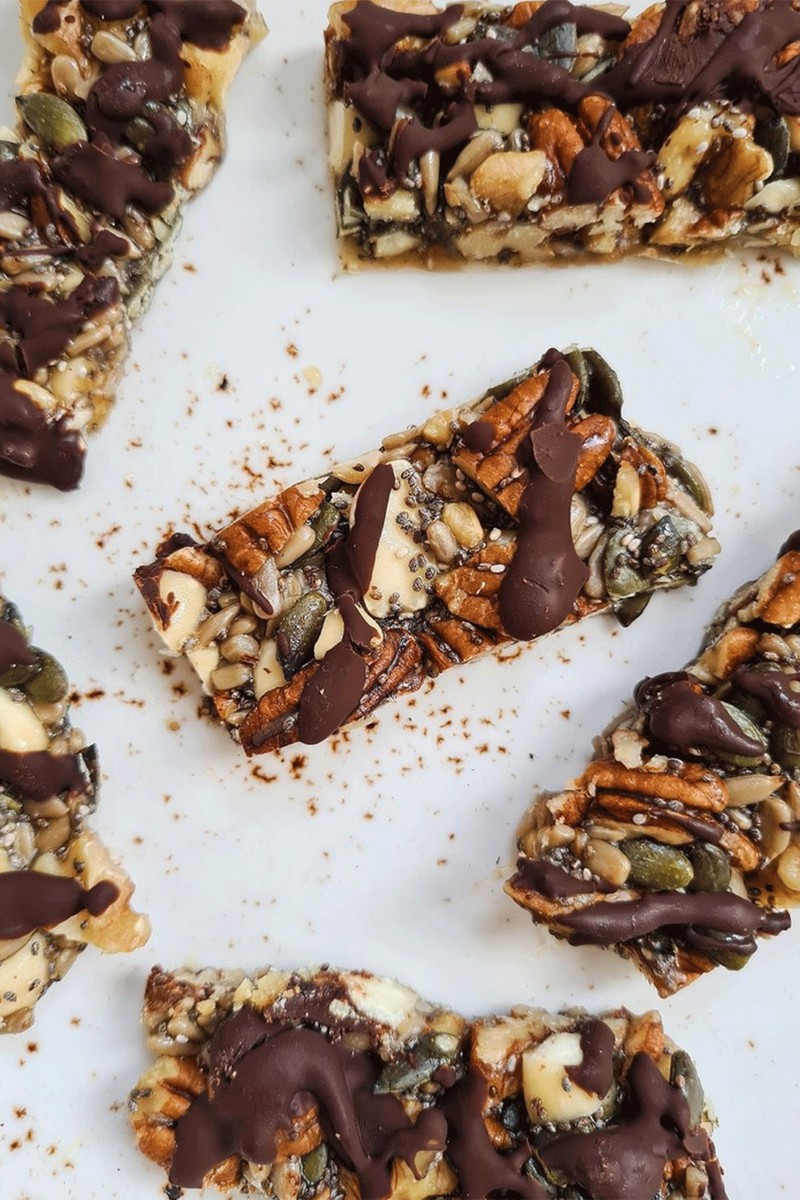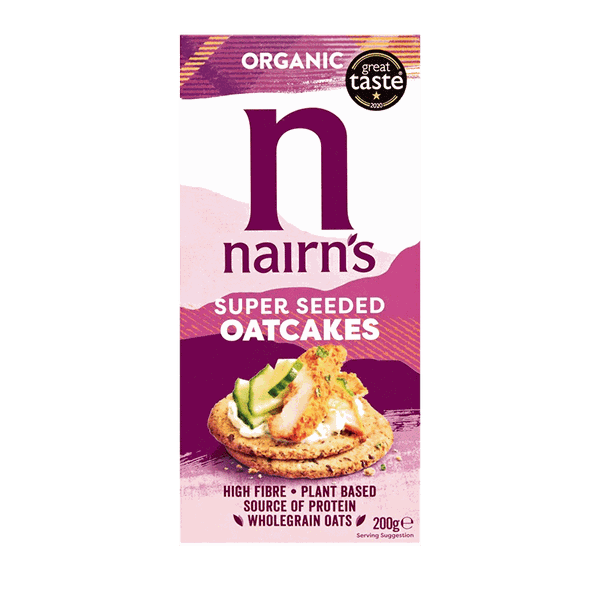A Nutritionist’s Guide To Stocking A Healthy Winter Store Cupboard
Porridge is a winter breakfast staple for me. Oats are a fantastic way to start the day – they’re rich in complex carbohydrates and fibre to provide long-lasting energy and contain a specific type of fibre called beta-gluten, which can help lower your cholesterol levels. However, unless you add something to your bowl of porridge, it can lack in protein. Try swapping regular porridge oats for jumbo oats, as these take longer to digest, meaning they’ll keep you fuller for longer. Stirring through a couple of tablespoons of protein powder or a tablespoon of nut butter will also add a good source of protein. For added fibre to help you on your way to your 30g daily goal, stir through a tablespoon of chia or flaxseeds, and for healthy fats try cacao nibs.
A low-sugar granola is also a great option. If you’re a cereal fan, Paleo Foods’ low-sugar granola is worth stocking up on. It’s made using only a handful of ingredients – seeds, nuts, coconut and chicory root fibre – and is free from gluten and any nasties. If I’m short on time, I’ll have a bowl of high-protein yoghurt with Paleo Foods granola, a sprinkling of flaxseeds and chia seeds for omega-3s and fibre, and PB & Me no-added sugar peanut butter powder, which adds creaminess and flavour.
Frozen fruit and vegetables work wonders in a smoothie. A smoothie may not be the most obvious winter breakfast option, but they’re a great way to pack in nutrition, especially when you’re on-the-go. I always start with a base of protein powder – Form is my go-to. When it comes to fruit and veg, anything in season will contain the most nutrients – kale, carrot and blackberries work well. I’ll also add frozen blueberries and avocado for a dose of healthy fats plus a protein source such as kefir yoghurt. Don’t discount frozen fruit and veg, as these can contain just as many nutrients. A scoop of collagen is also a good way to stabilise blood sugar levels.
Blueberry powder is full of antioxidants. Superfood powders can be expensive and aren’t integral to a healthy diet – you can get all the nutrients and antioxidants you need from wholefoods. However, freeze-dried blueberry powder is a useful, and delicious, way to get the benefits of blueberries into your diet. Loov’s Blueberry Powder tastes great when stirred through yoghurt as a snack.
I buy nuts and seeds in bulk. I place a big order every few months from BuyWholeFoodsOnline.co.uk and keep organic nuts in the fridge so they don’t oxidise and lose their nutrients. When it comes to nut butter, I’m a big fan of both almond and cashew butter – they both work in sweet and savoury dishes. My go-to brands are Pip & Nut and Meridian. I also eat a lot of Belazu tahini – I drizzle it on porridge and use as a base for a creamy salad dressing. Nut butters also work well in curries and stir fries in the winter months – ideal when you’re craving a warming, wholesome meal. I recently discovered a brand called Butter Bike, which offers interesting nut butter flavours. The smoked chilli peanut butter is delicious in a curry.
Extra virgin olive oil helps the body absorb certain vitamins. When germs are around, it makes sense to top up your nutrient intake, but if you don’t eat enough fat, fat-soluble vitamins like vitamins A, D, E and K will struggle to be absorbed by the body. Get into the habit of drizzling extra virgin olive oil onto roast vegetables, soups and warm salads. Also try massaging greens like steamed kale, cavolo nero and chard with extra virgin oil, or make a warm buddha bowl for supper, using squash, kale, cranberries and pomegranate topped with a dressing made with extra virgin olive oil, tahini and lemon juice. I love Biona’s organic extra virgin olive oil. For cooking, you can’t beat coconut oil and avocado oil – I use Hunter & Gather’s cold-pressed extra virgin avocado oil and Coconut Merchant’s raw, organic extra virgin coconut oil.
A shot of apple cider vinegar before meals aids digestion. Ensure you buy one with ‘the mother’ so that it provides beneficial bacteria. If my digestion feels sluggish, which it can during the dark winter months, a small shot of raw apple cider vinegar ten minutes before I eat works wonders. My favourite brand is Willy’s.
Condiments can be full of salt and sugar. Mr Organic and Dr Wills are the best brands for ketchup alternatives. Dr Wills’s ketchup is made with mostly tomatoes along with a dash of date paste, carrots and ginger purée – super simple and healthy without any added sugar or artificial sweeteners. Hunter & Gather does a great mayonnaise alternative, which is made with fresh olives, British free range egg yolks, apple cider vinegar and pink salt. It’s a great source of natural, healthy fats, is low carb and contains no sugar. If a condiment does contain fat, it should ideally come from olive oil, coconut oil or eggs rather than vegetable and seed oils (rapeseed, vegetable or sunflower oil), which can be inflammatory.
Asian ingredients are another store cupboard essential. Tamari is my go-to over soy sauce as it’s naturally gluten free and has very few ingredients – typically just water, soybeans, salt and vinegar. Miso, meanwhile, is a fantastic source of probiotics to nourish your gut bacteria. Be sure to use it cold to reap the gut benefits – when you heat it, you kill the good bacteria. Use miso paste to make a dressing along with tahini, mustard, olive oil, apple cider vinegar, sea salt and pepper. Salmon baked in tamari, miso and a dash of maple syrup is delicious paired with brown rice, roasted aubergine and steamed greens. I love to cover anything Asian in sesame seeds for a calcium boost.
Tinned fish is a great source of omega-3. Canned sardines and anchovies work well in pasta dishes – be sure to buy them in either salt water, tomato or olive oil, not sunflower oil. Tinned chickpeas and beans are also a staple in my household. Chickpeas are high in fibre and plant protein – I often batch-cook roasted chickpeas at the start of the week and add them to lunches and dinners throughout the week. When buying canned produce, I always make sure the cans are BPA-free. BPA is a chemical found in plastics that can impact your endocrine (hormonal) system.
Biona’s jarred tempeh is a lovely stir-fry addition. It’s especially useful when you don’t have any protein in the fridge or freezer. I marinate it with tamari, fresh ginger and olive oil before pan-frying and serving with salad, brown rice or into a curry.
Quinoa and brown rice are my go-to carbs. Quinoa will always be one of my favourites. The nutty flavour goes well with most things and is naturally higher in protein than other grains. Brown rice, meanwhile, contains significantly more fibre, vitamins and minerals than regular white rice. I also like black rice for its unique nutty flavour, and stock up on Freee brown rice pasta when it’s on offer. When it comes to snacks, I also rate Rude Health seeded rice and corn cakes and Nairns seeded oat cakes.
Your gut bacteria love herbs and spices. I use cumin for roasting vegetables and zaatar for roast chicken and salad dressings. Cinnamon is also a wonderful way to keep your blood sugar balanced, just be sure you are buying quality Ceylon cinnamon, which contains a compound called cinnamaldehyde. Cinnamon slowly breaks down carbs and improves insulin sensitivity – half a teaspoon to two teaspoons per day should do the trick. Add to coffee, smoothies or yoghurt bowls.
You can’t beat a turmeric latte on a cold day. Curcumin, the active component in turmeric, has been shown to target inflammation and oxidative damage. When consuming turmeric, always do so with black pepper and a healthy fat to activate the health benefits. A turmeric latte is my favourite way to enjoy this super spice, with a pinch of black pepper and a teaspoon of coconut oil. My homemade dreamy milk is also a winter staple. I combine one cup of warm oat milk with one teaspoon of cinnamon and one crushed cardamom pod – a simple combination but it’s rich in tryptophan, which promotes the production of serotonin, which then converts into melatonin, the sleep hormone.
I use a lot of coconut and almond flour when baking. They are both naturally gluten-free and higher in healthy fats and protein than regular flour. Ground almonds are also a lovely addition when baking as they provide healthy fats and add a delicious, moist texture. Nibbles dark chocolate chips are a staple in my house – they have an impressive cocoa percentage of 81% and are naturally sweetened with a small amount of coconut sugar. If I want to make a recipe vegan, I’ll swap out a regular organic egg for a chia egg, which I make by combining chia seeds with water. You can’t beat a batch of healthy cookies in the winter months – I’ll mix up the flavours depending on my mood. Nut butter, tahini, different spices, seeds, dark chocolate, dried and fresh fruit mean the possibilities are endless. My tahini and dark chocolate cookies are a winner and are also low-FODMAP if you struggle with your gut health.
For more inspiration and nutrition advice visit ClarissaLenherr.com & follow @ClarissaLenherrNutrition.
SHOP CLARISSA'S ESSENTIALS HERE
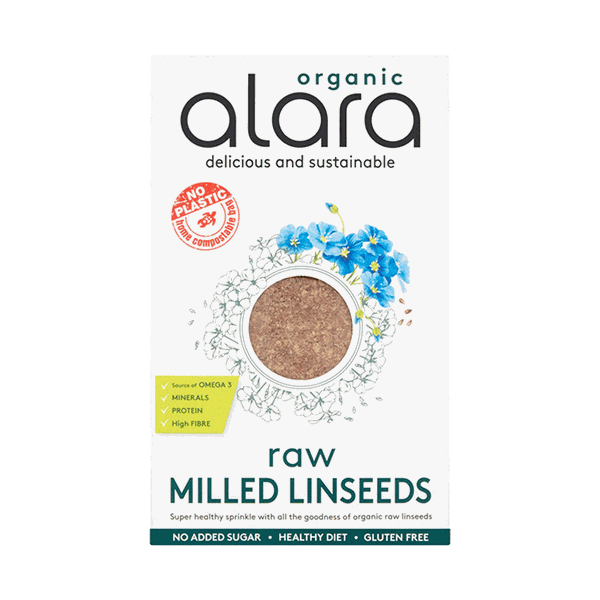
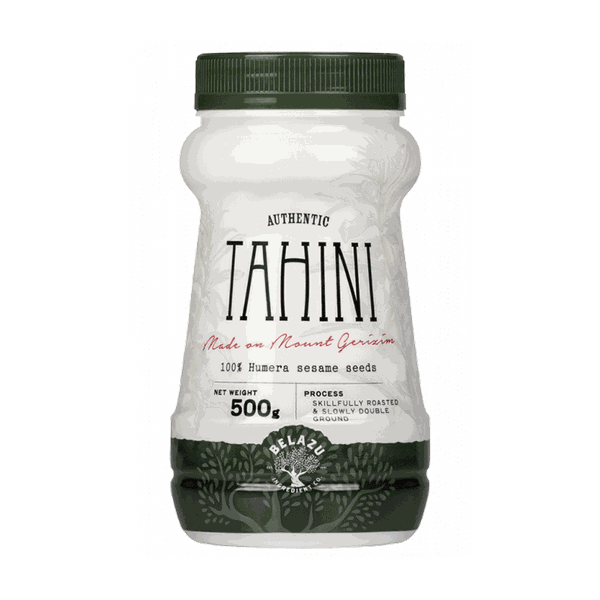

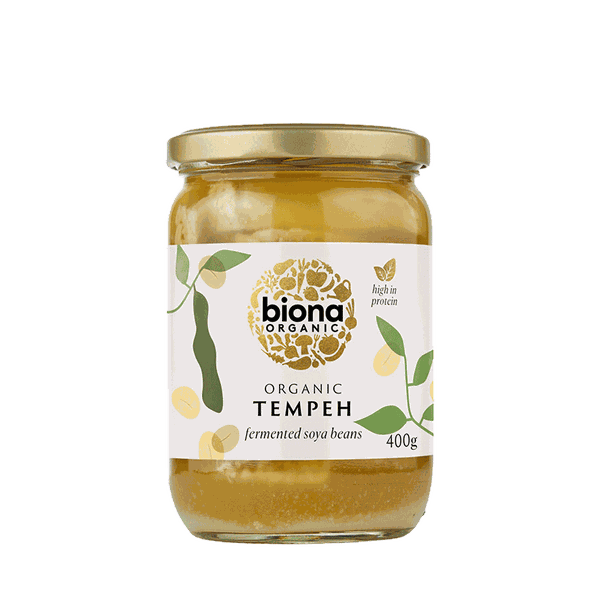
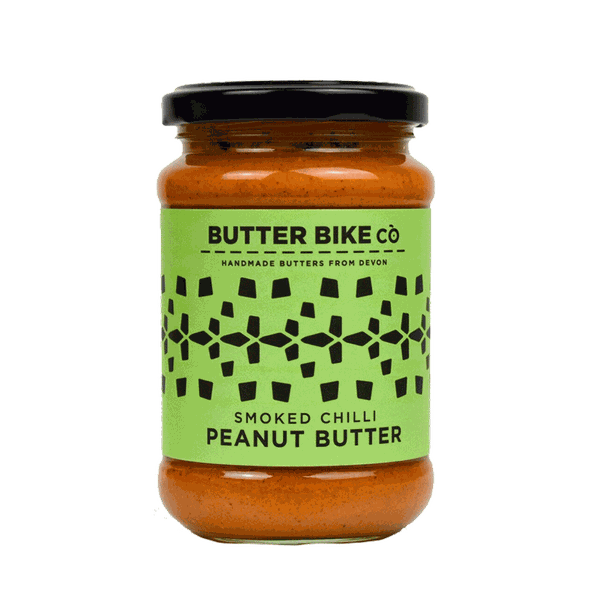
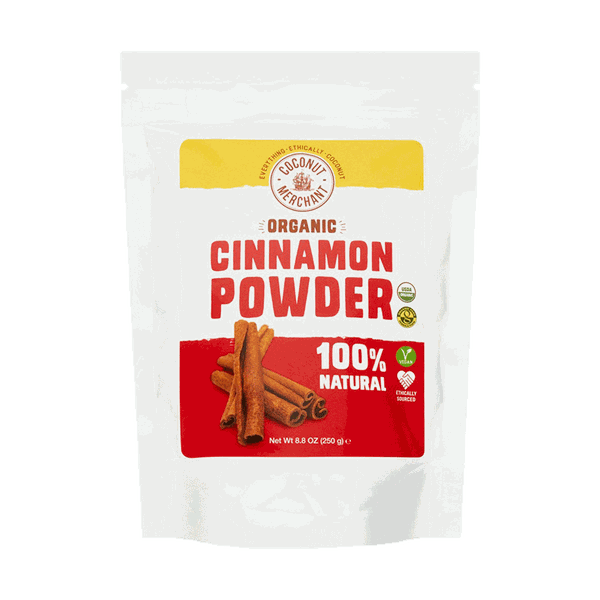
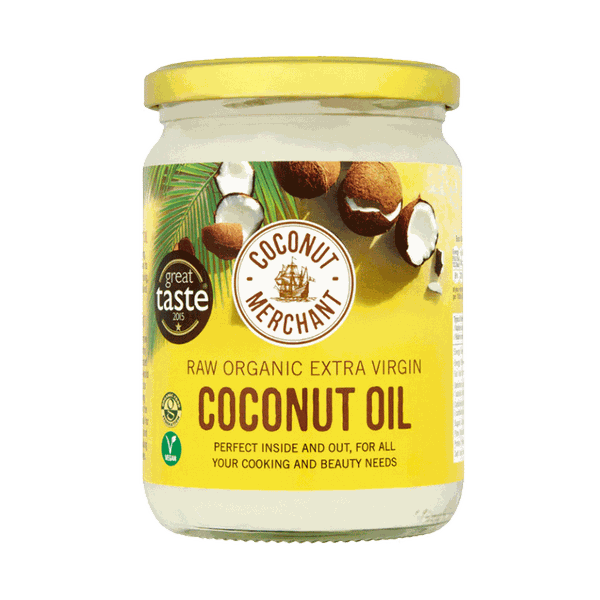
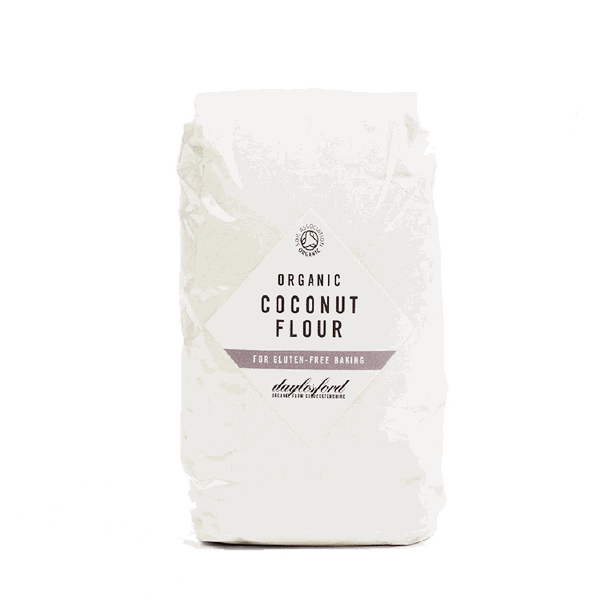
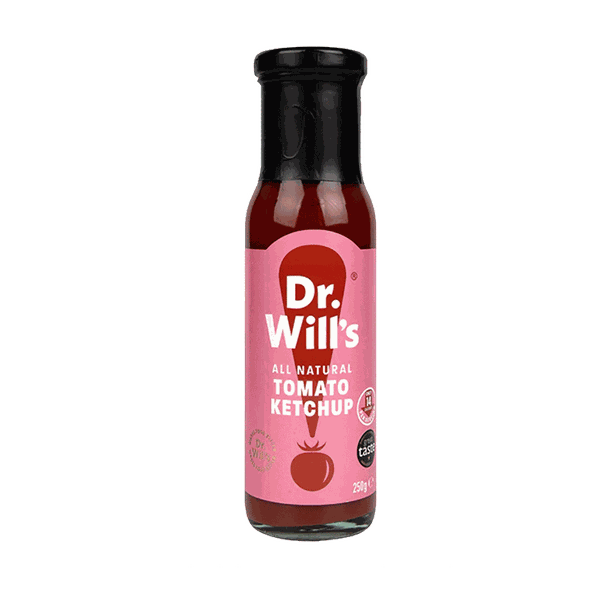
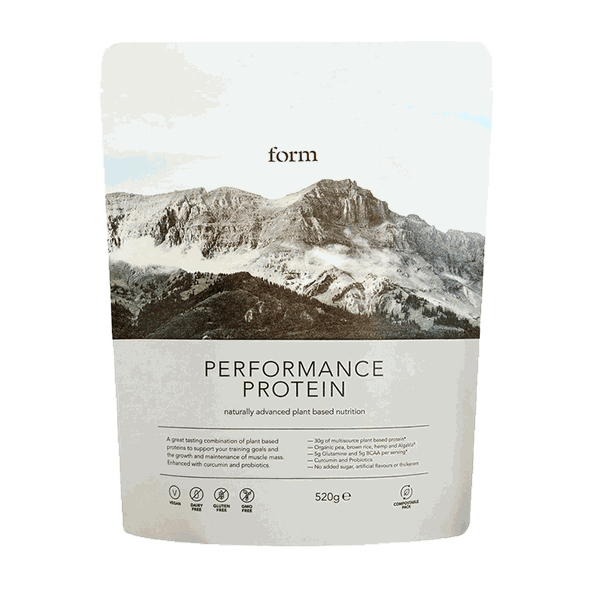
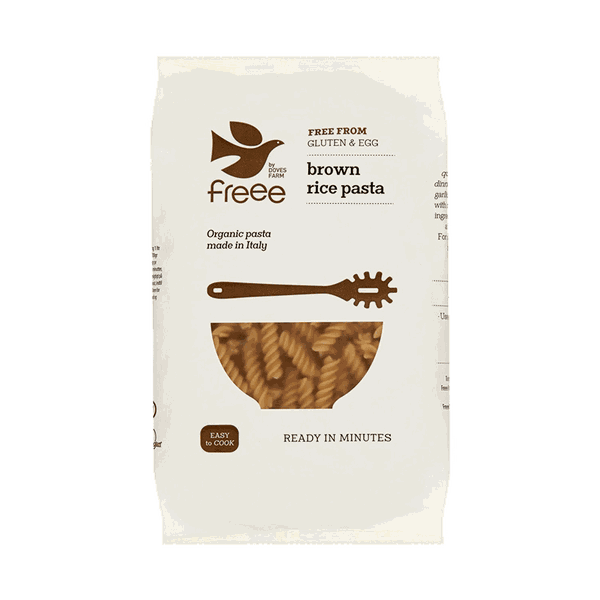
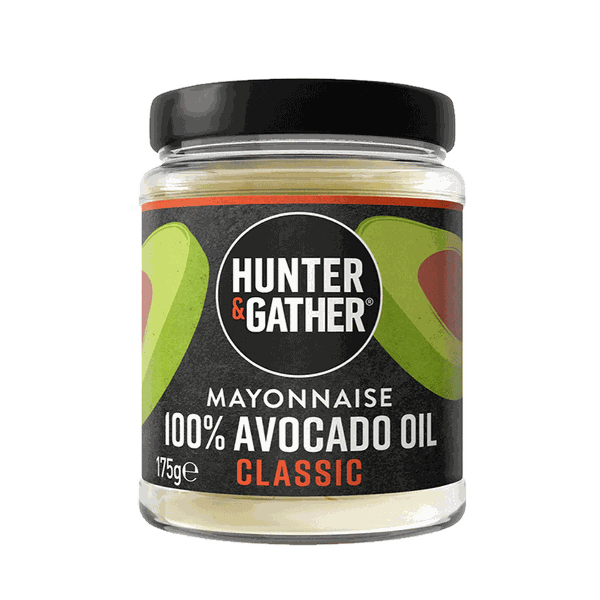

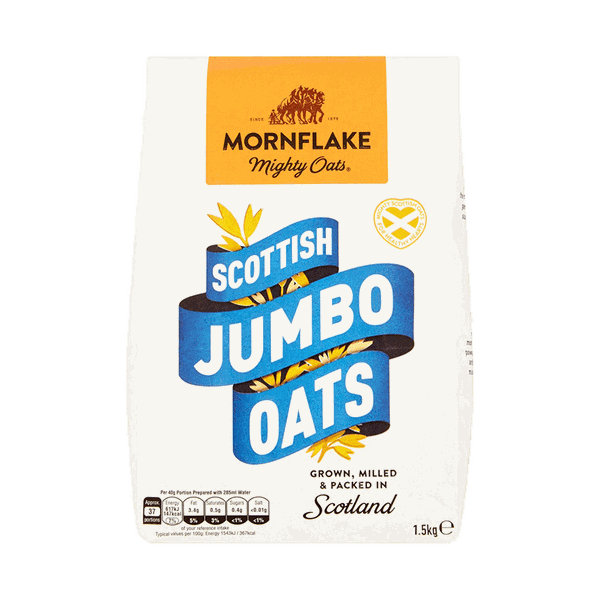
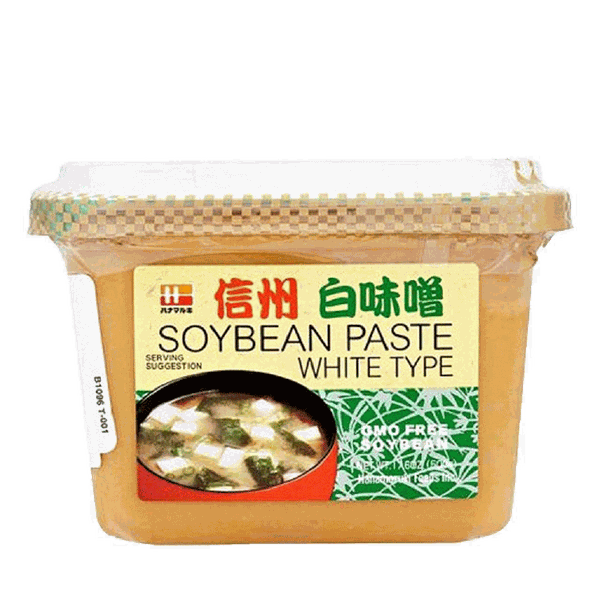
DISCLAIMER: Features published by SheerLuxe are not intended to treat, diagnose, cure or prevent any disease. Always seek the advice of your GP or another qualified healthcare provider for any questions you have regarding a medical condition, and before undertaking any diet, exercise or other health-related programme.
DISCLAIMER: We endeavour to always credit the correct original source of every image we use. If you think a credit may be incorrect, please contact us at info@sheerluxe.com.
